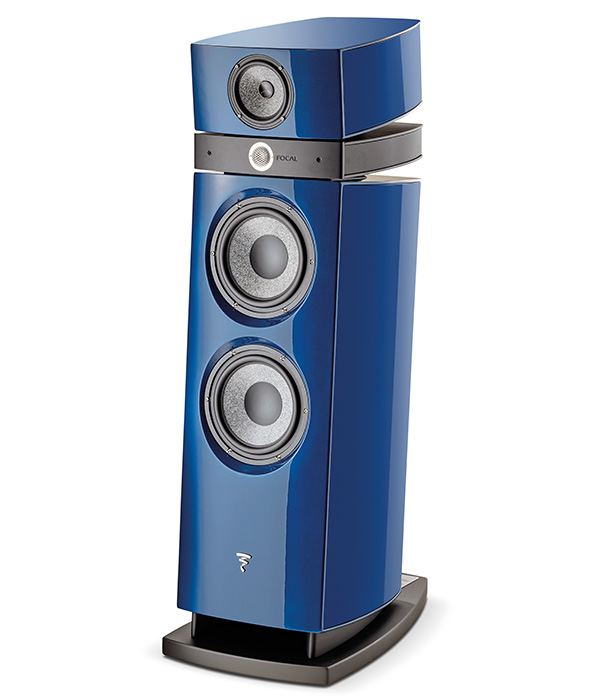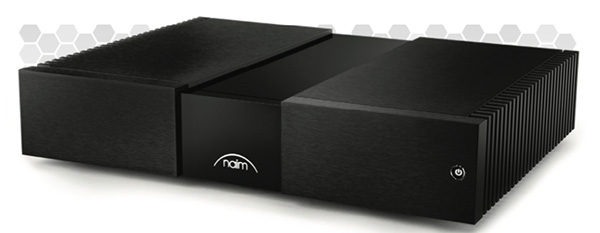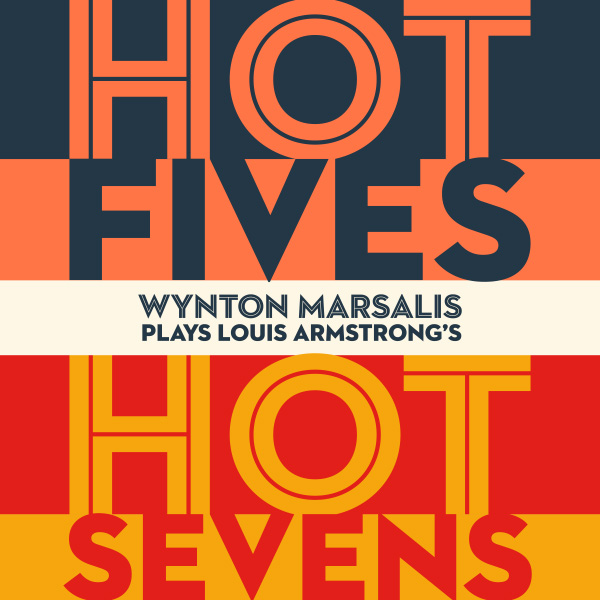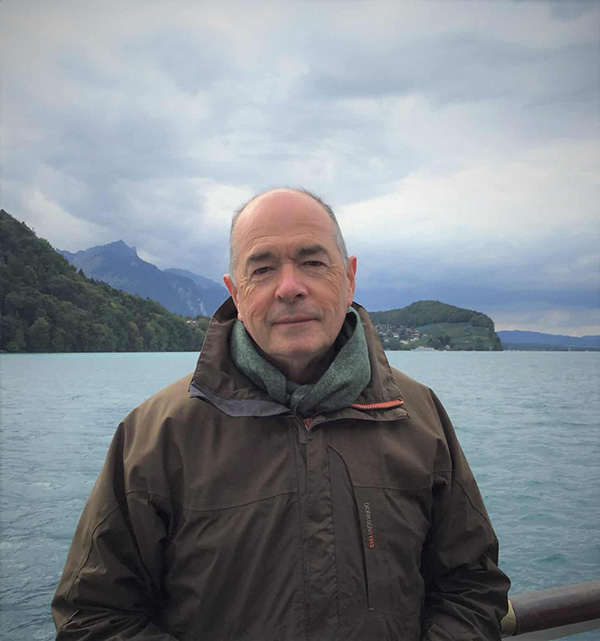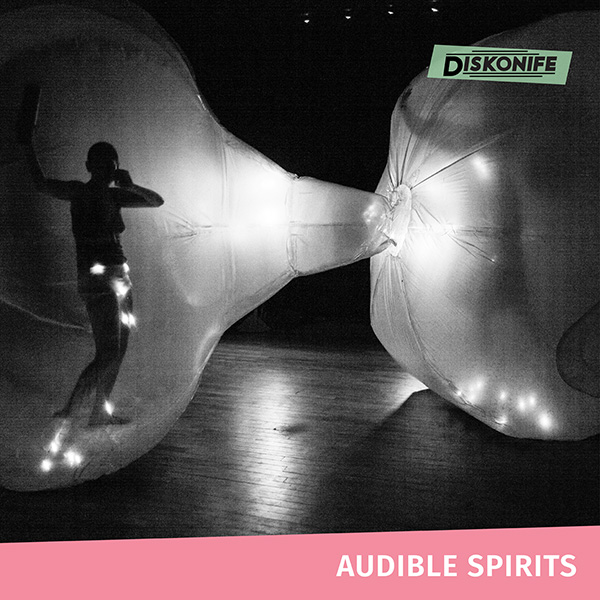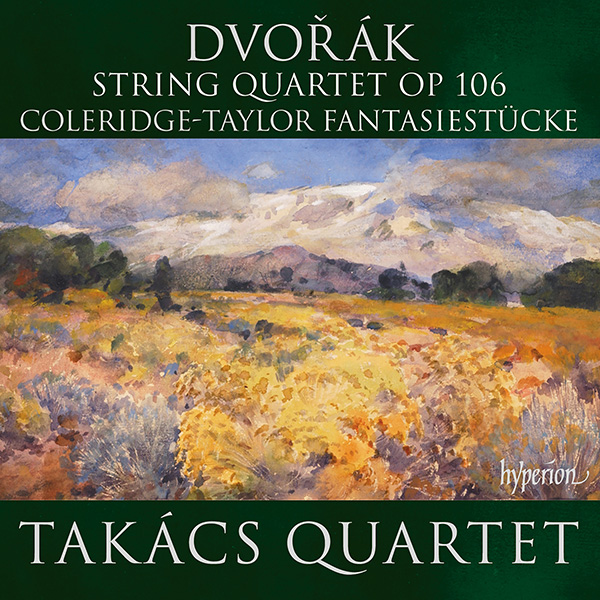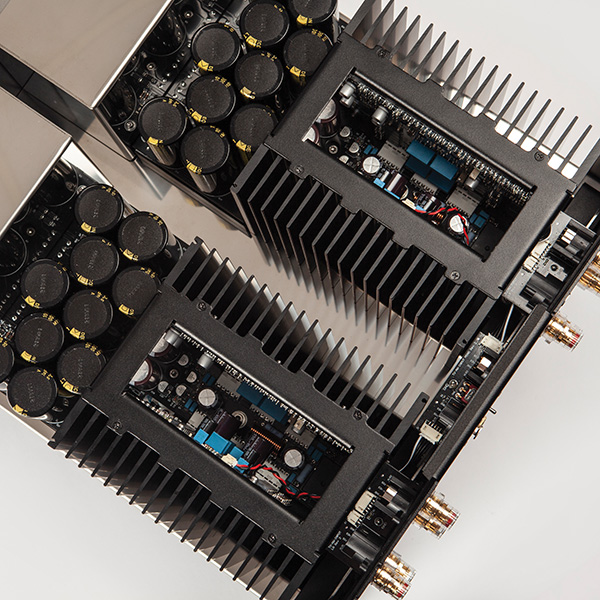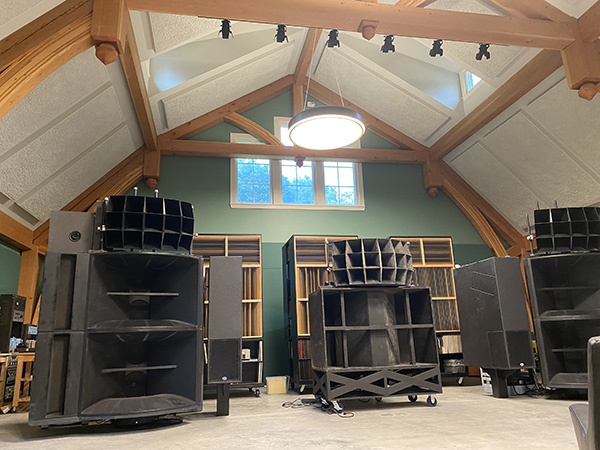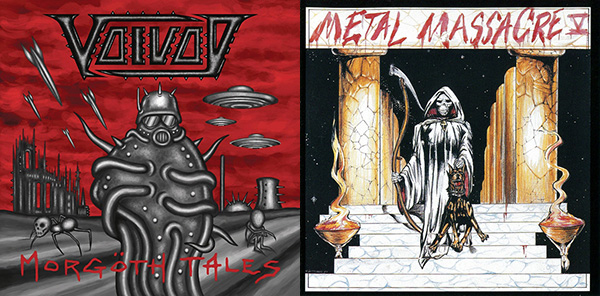Focal Maestro Utopia Evo loudspeaker
Chrissakes! Couldn't I just enjoy la dolce vita? Savor the belly-busting meals in Treviso and Civitavecchia, surrender to Tuscany's soul-soothing landscapes, thrill to Rome's old-world charms? Ninety-nine percent of the time, I did. The trip was a delight, and I wouldn't have missed it. But yes, I thought of those Maestros several times a day. The heart wants what the heart wants.

